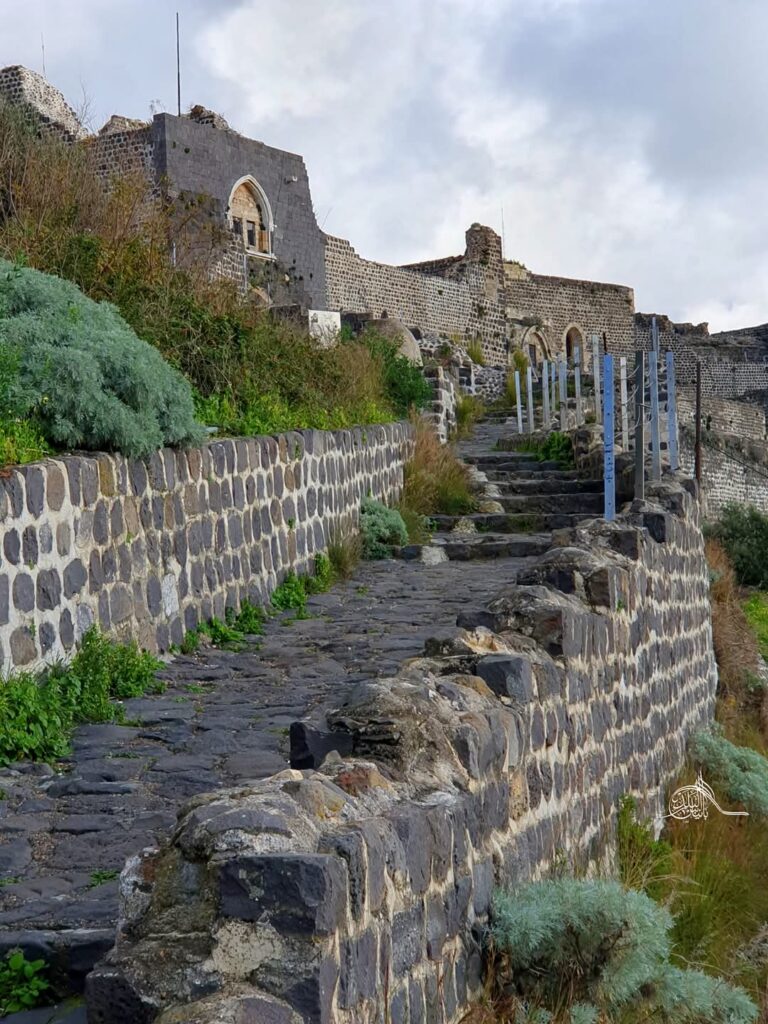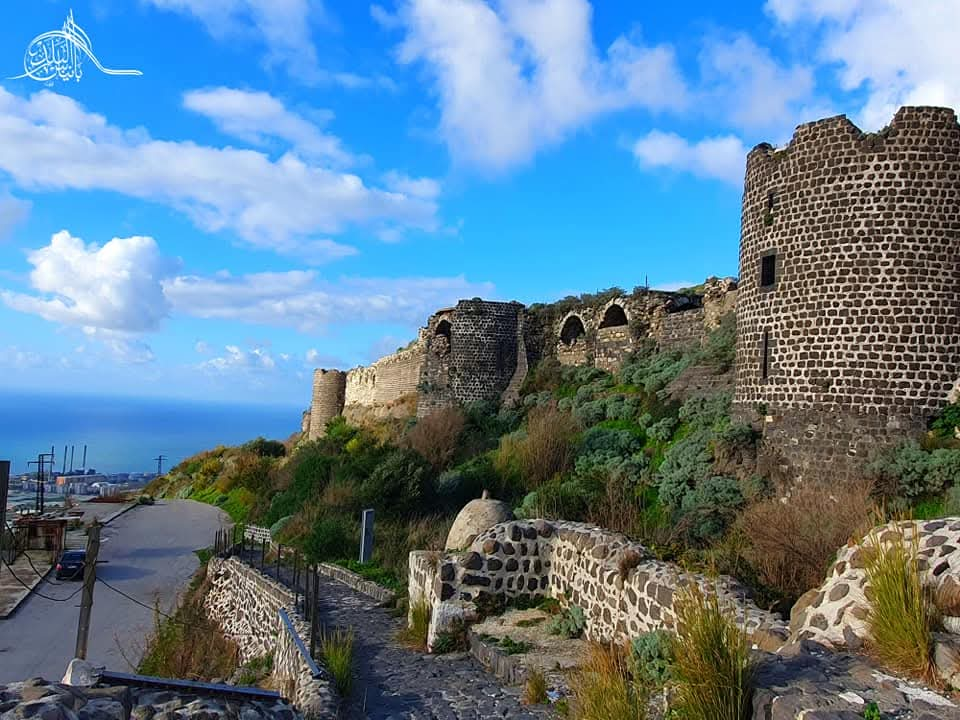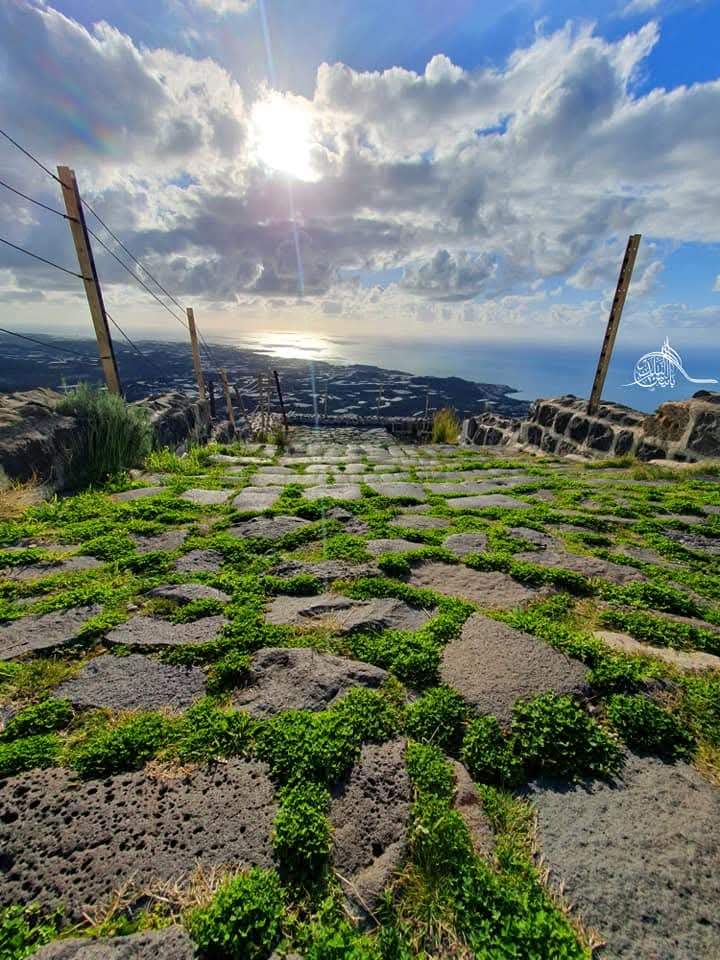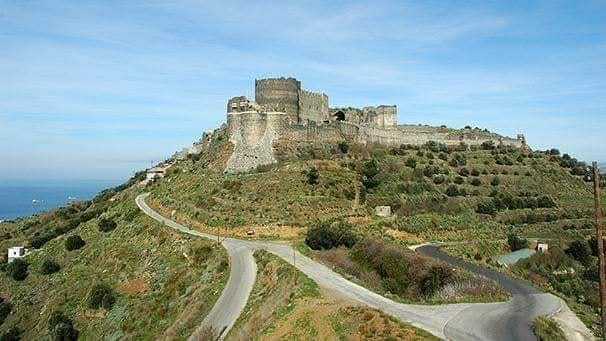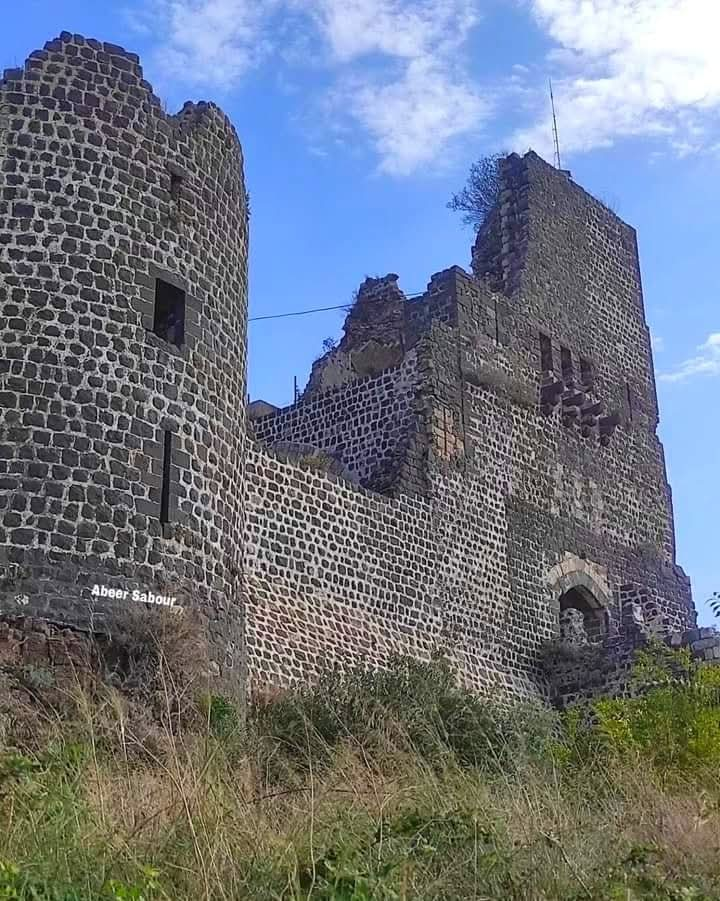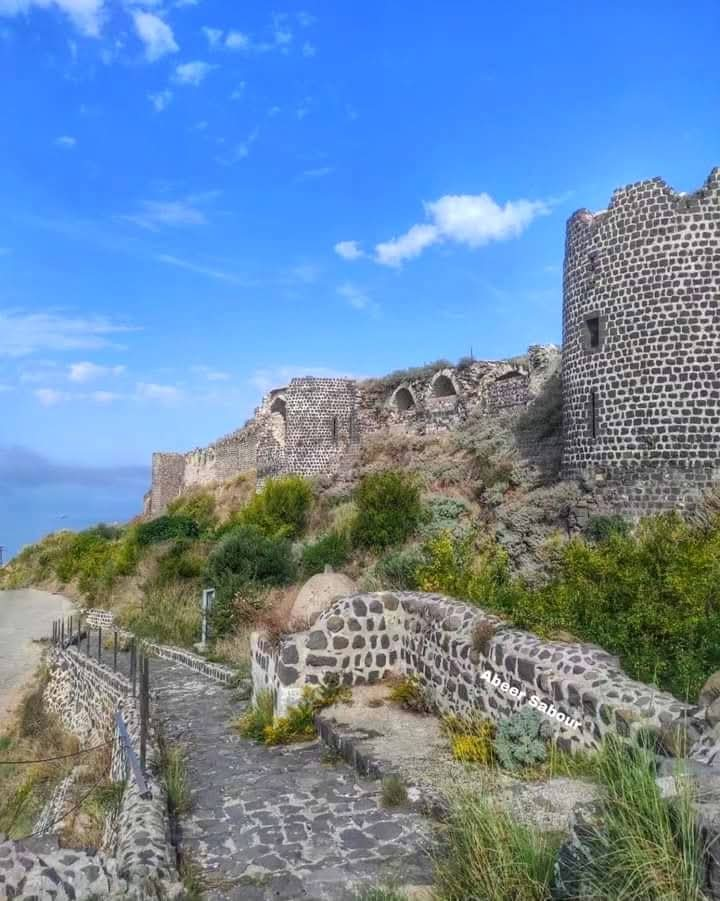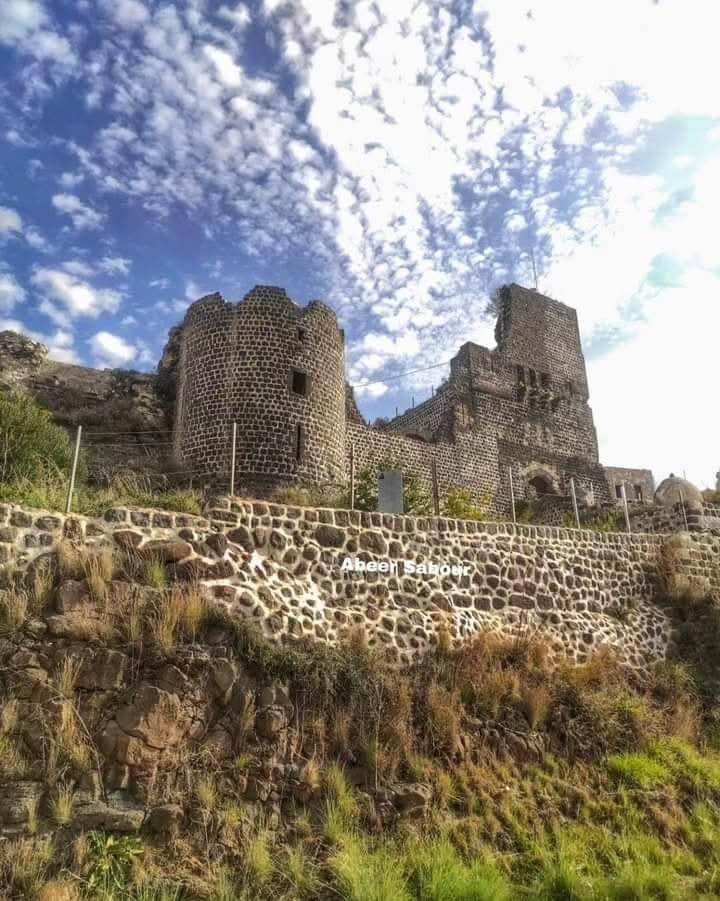The fortress was constructed atop a basaltic-volcanic mountain. In 1285, Sultan Qalawun besieged the fortress from the southern side, which was one of its weakest points. Despite its strong towers, it surrendered after a siege that lasted forty days. Following this, the Knights of St. John withdrew, and Qalawun left a significant garrison of Mamluk soldiers and princes within the fortress. This victory was recorded on the southern front tower.
Sultan Qalawun invaded this fortified castle and built this sacred tower in the month of Ramadan in the year 684 AH (1285 CE). The governor of the fortress oversaw the restoration of Qal’at al-Mirqab to serve as a defensive center against Crusader attacks. Later, Qalawun used it for military purposes, and it became a center for a province linked to the Emirate of Tripoli.
It gained independence, and its rulers were no longer subject to any administration or governors. The fortress was supplied with wheat, weapons, and other provisions.
In 1918, during the Ottoman period, the fortress became a prison where Sheikh Saleh al-Ali’s forces took refuge. However, it was attacked by French artillery and occupied in 1920.



